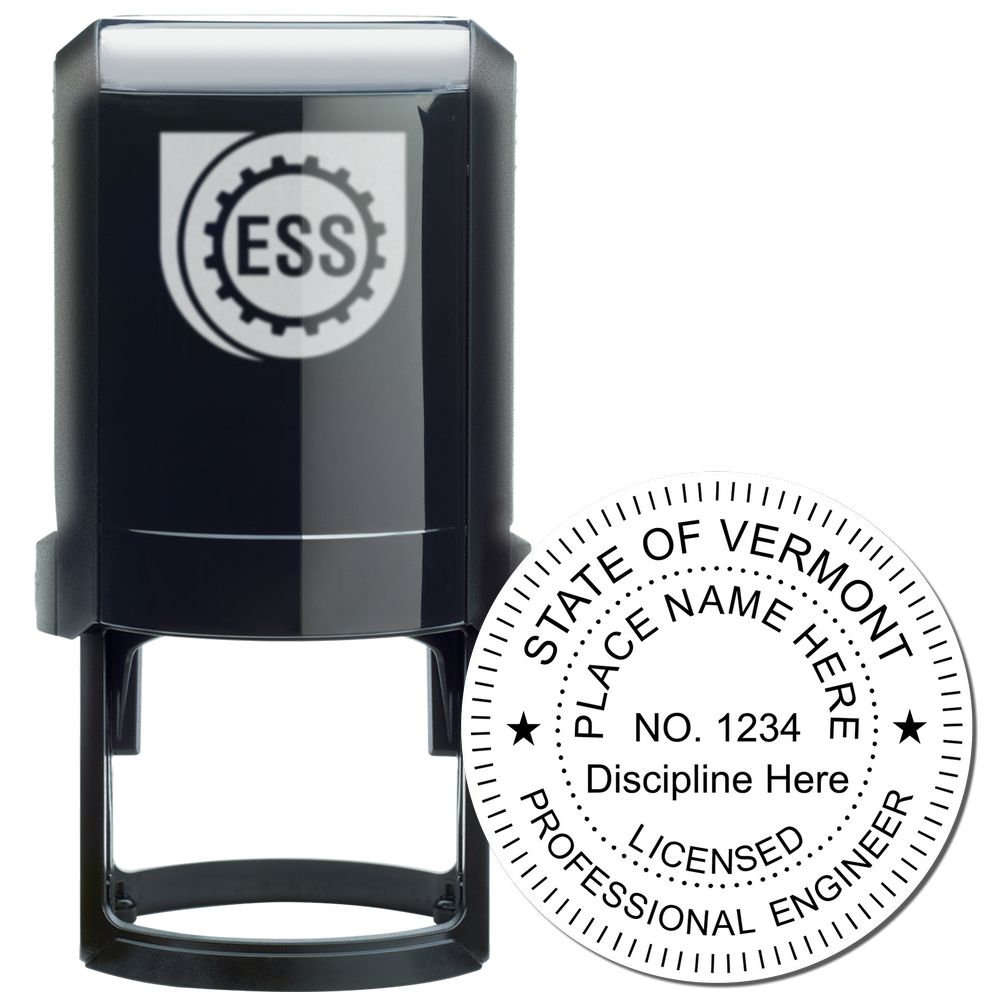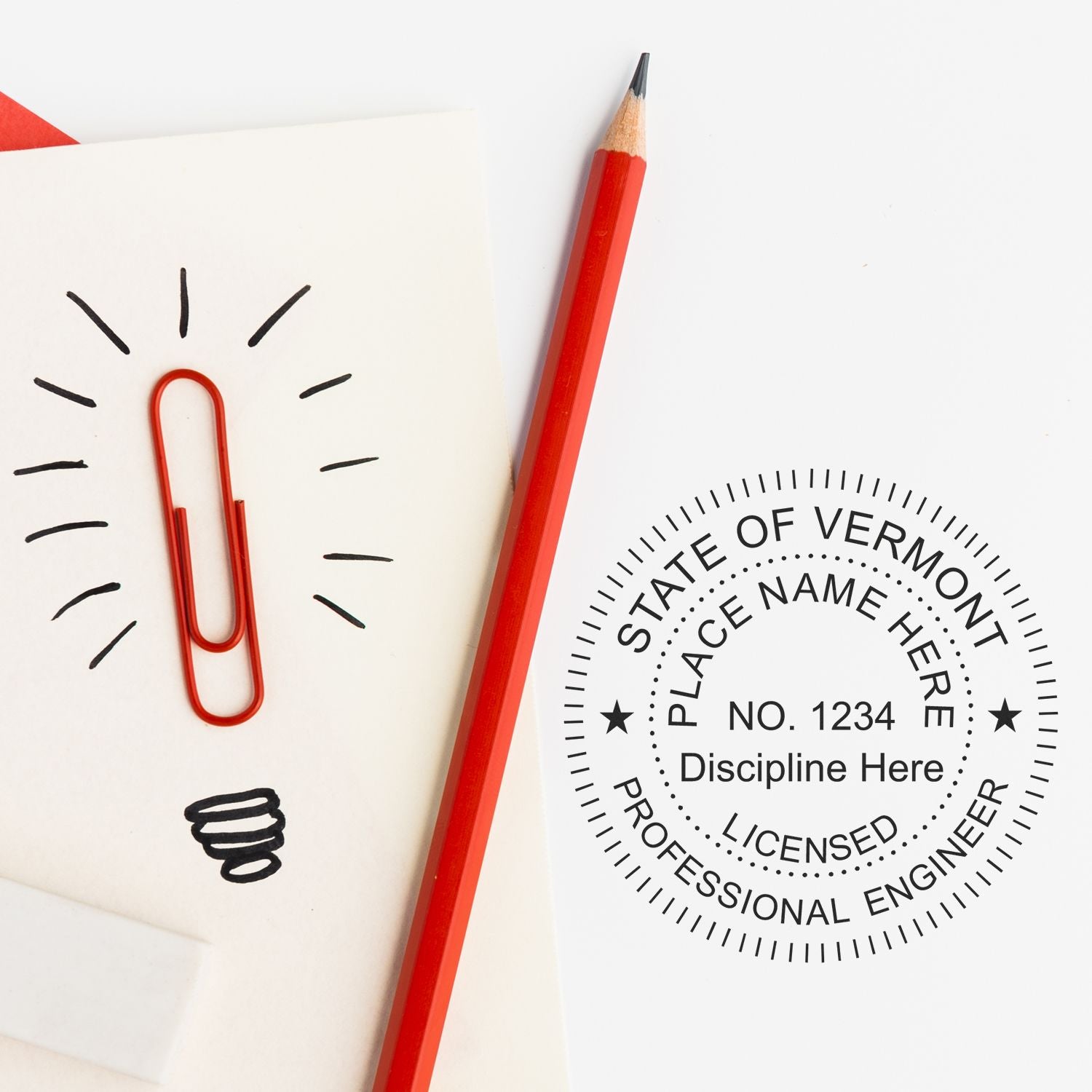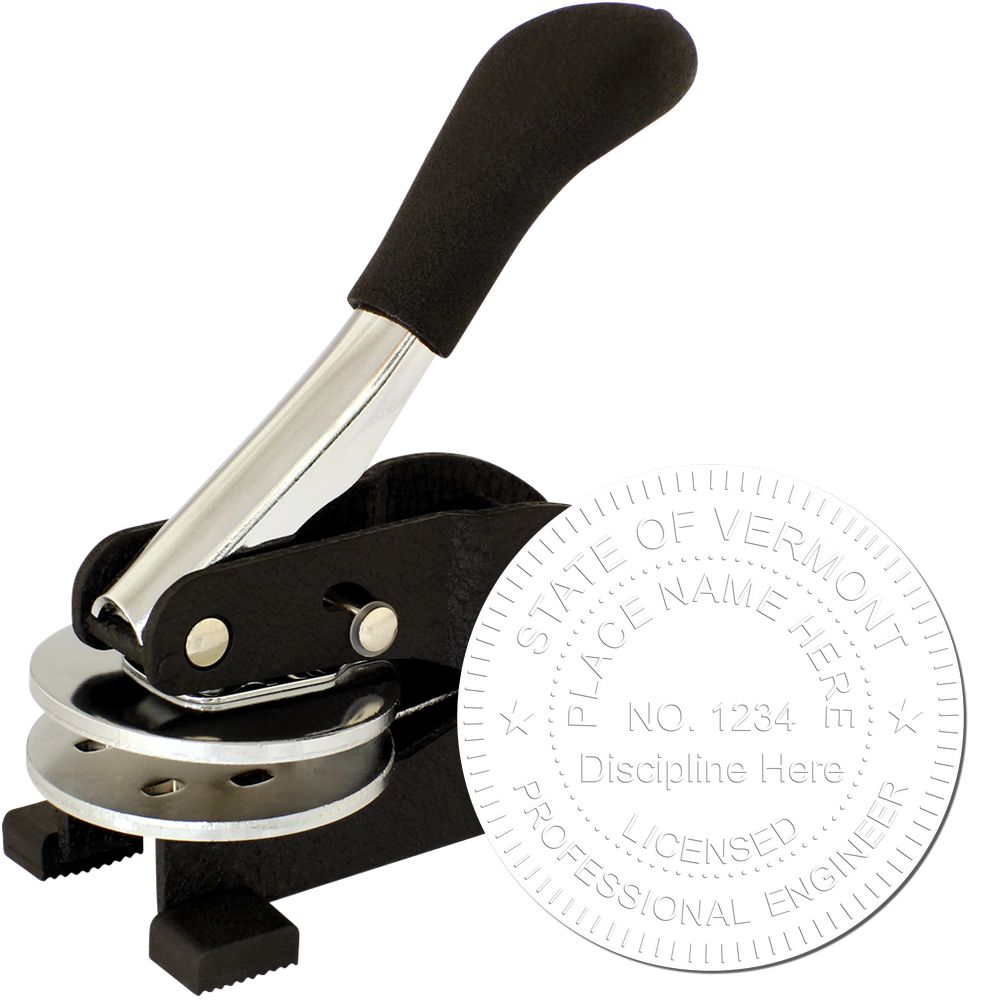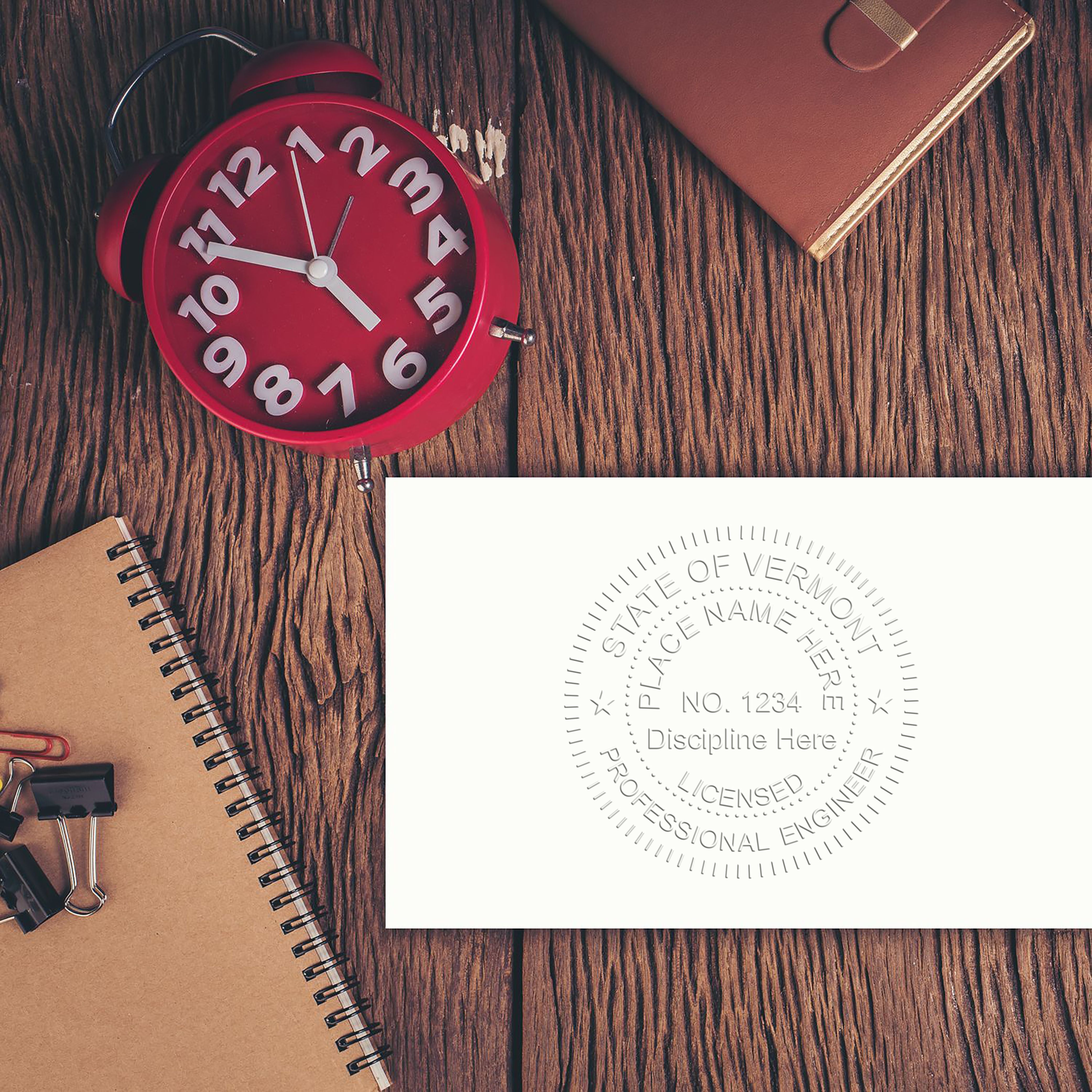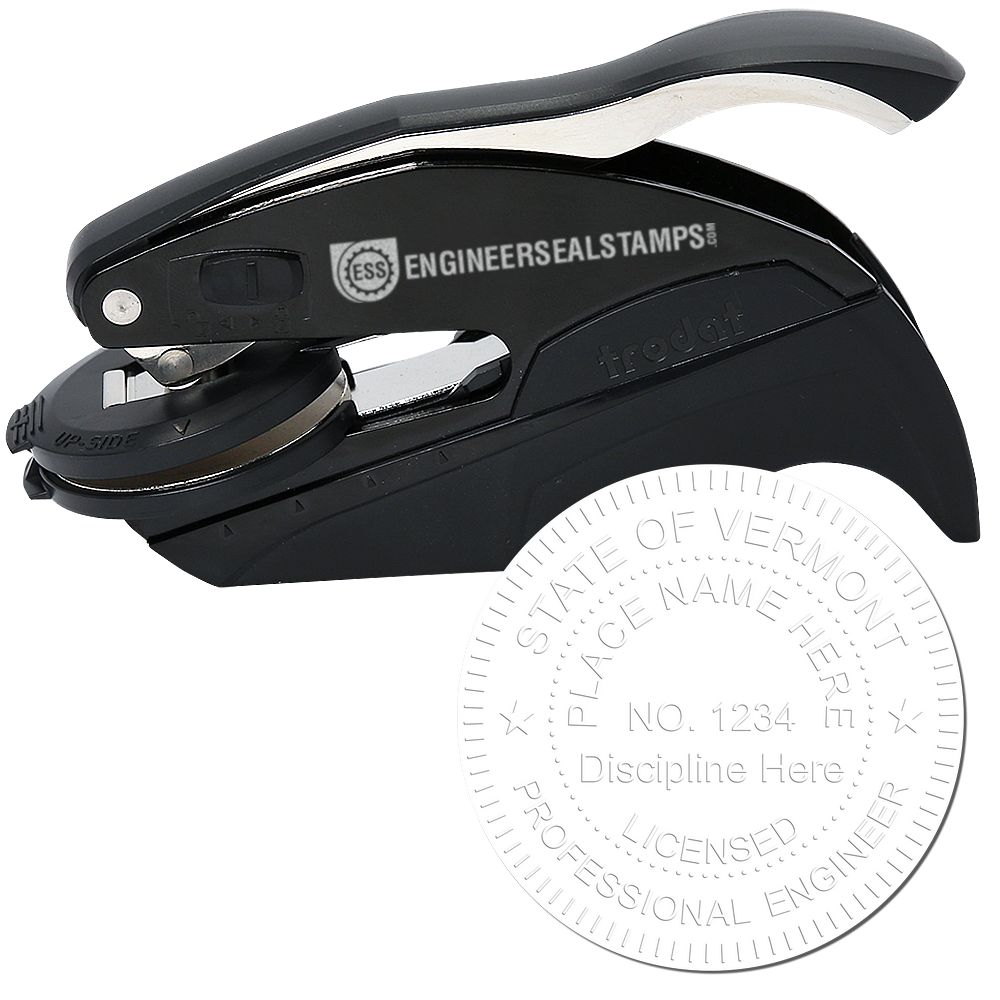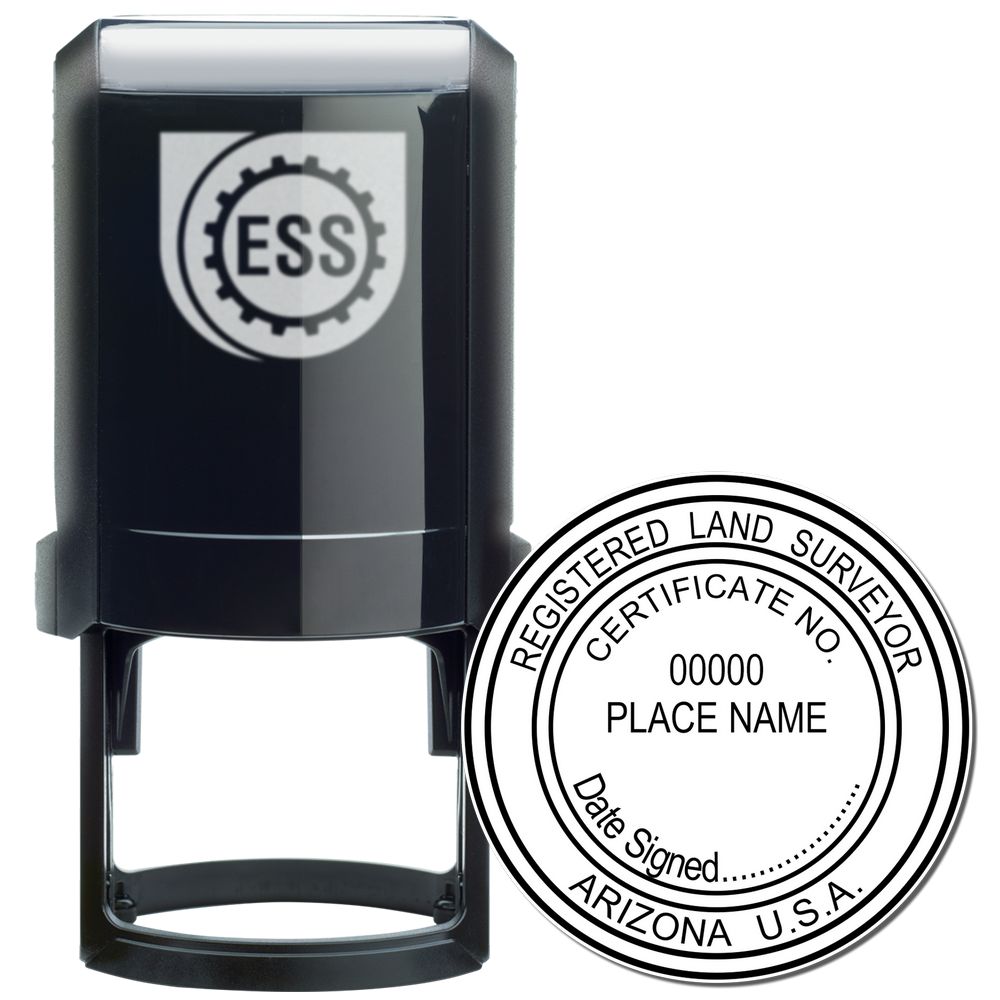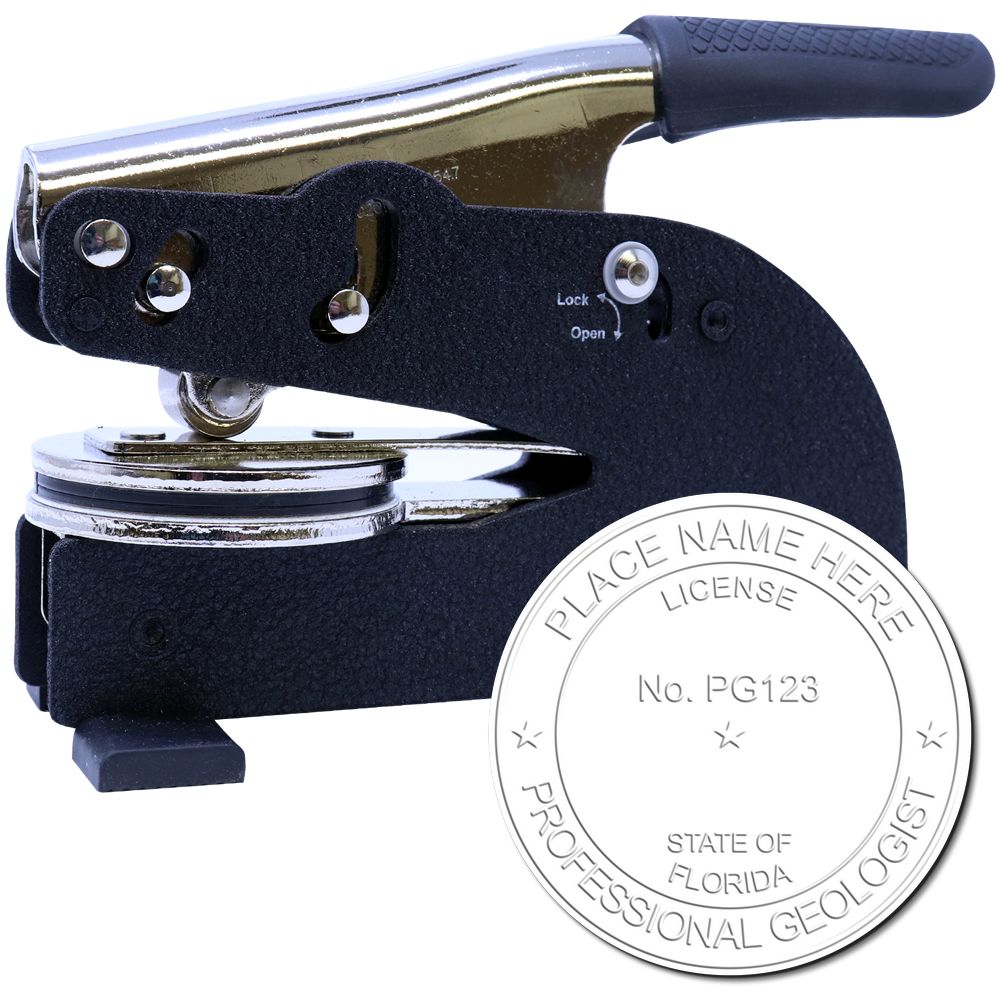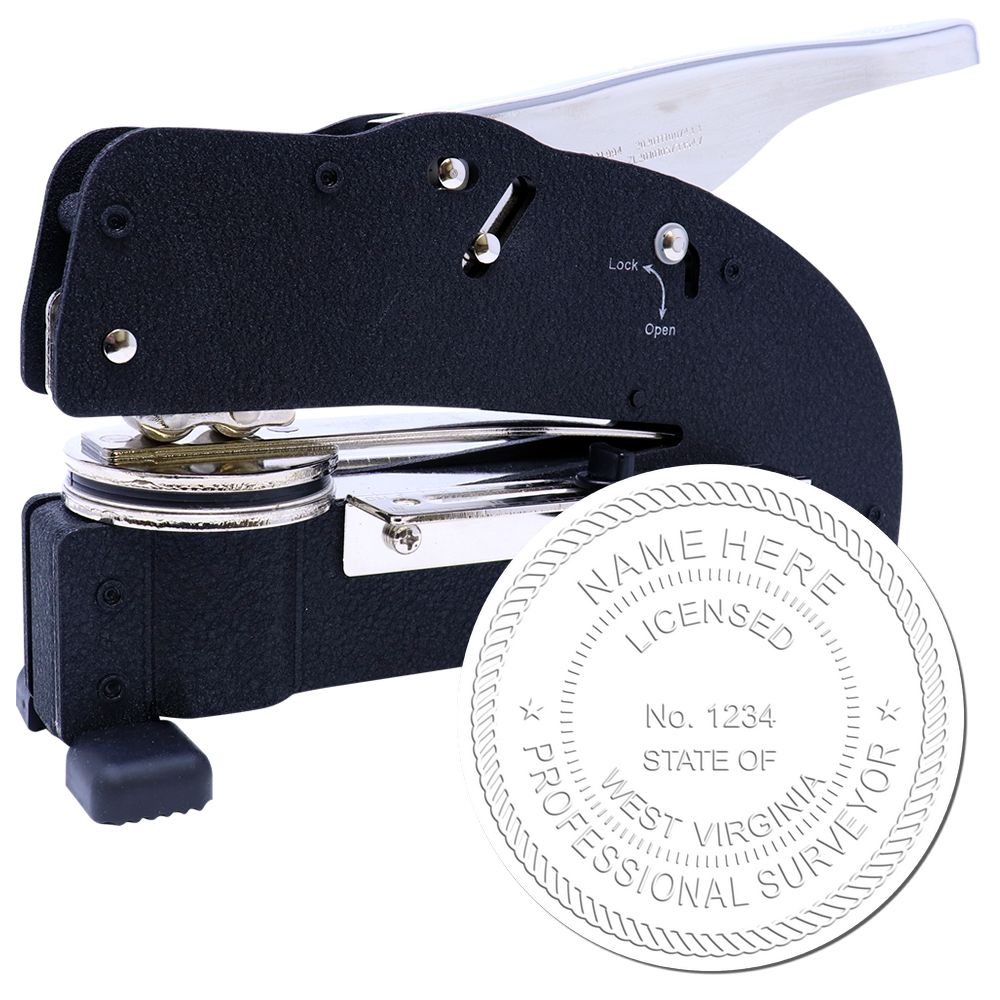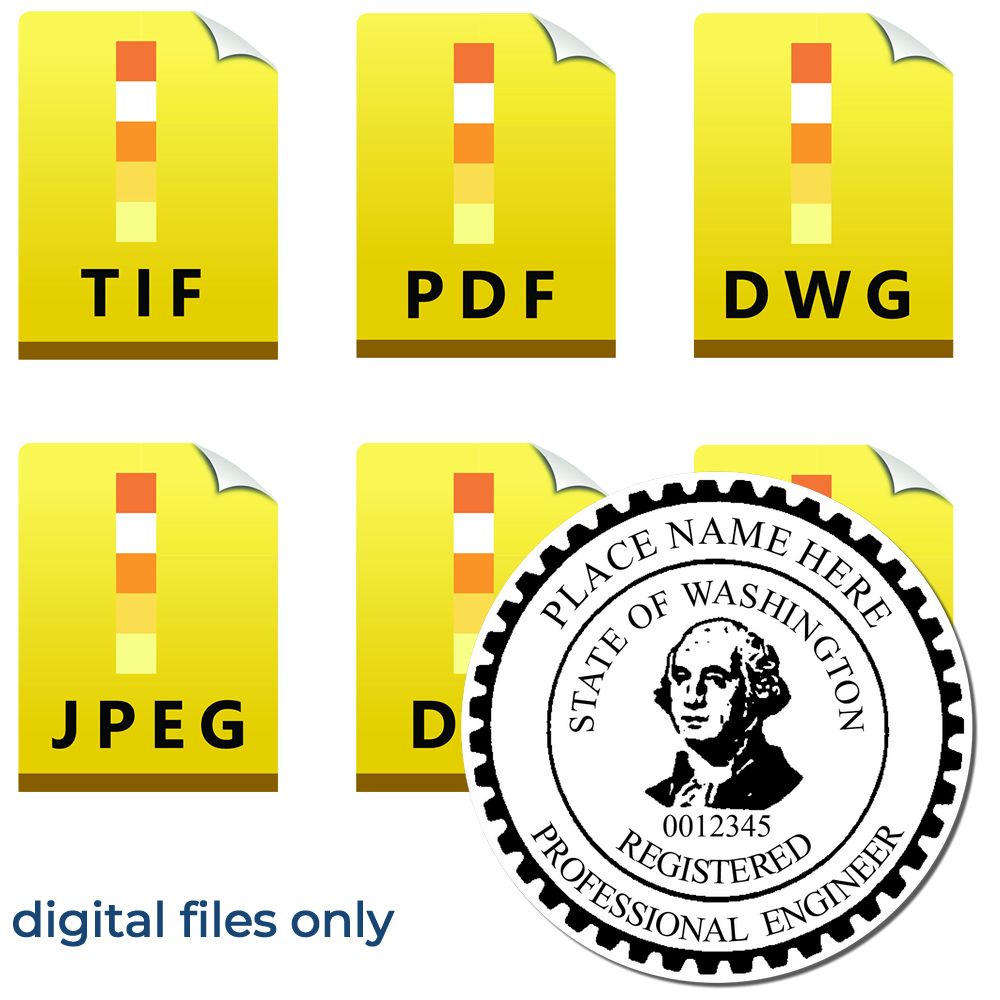The Importance of Professional Engineering Certification
Professional engineering certification is a significant milestone for individuals in the engineering field. It not only demonstrates their expertise and competence but also opens up numerous opportunities for career advancement. In this section, we will explore what it means to be a Professional Engineer (PE) and the benefits associated with obtaining this esteemed certification.
What is a Professional Engineer (PE)?
A Professional Engineer (PE) is an engineer who has met the necessary educational, experience, and examination requirements to practice engineering at a professional level. This certification is regulated by state engineering boards, ensuring that individuals who hold the PE designation possess the knowledge and skills needed to protect the public health, safety, and welfare.
To become a PE, engineers must typically complete a four-year accredited engineering degree, gain professional experience under the supervision of a licensed PE, and pass the Fundamentals of Engineering (FE) exam and the Professional Engineering (PE) exam. Each state has its own licensing requirements, so it is important to consult the specific regulations outlined by the Vermont Engineering Board for the state of Vermont. For more details, you can visit their website here.
Benefits of Becoming a Professional Engineer
Becoming a Professional Engineer offers numerous benefits that can positively impact an engineer's career. Here are some key advantages of obtaining professional engineering certification:
-
Enhanced Career Opportunities: Holding a PE license can open doors to advanced job positions and leadership roles within the engineering industry. Many government agencies and private organizations require the expertise of licensed Professional Engineers for various projects.
-
Increased Credibility: Professional engineering certification is widely recognized and respected in the engineering community. Employers, clients, and colleagues value the knowledge, skills, and ethical standards that come with the PE designation, leading to increased credibility and trust in an engineer's abilities.
-
Expanded Professional Network: Joining the ranks of Professional Engineers allows individuals to connect with a vast network of like-minded professionals. These connections can provide valuable mentorship, collaboration opportunities, and access to industry resources.
-
Legal Authorization: In many states, including Vermont, a PE license grants legal authority to offer engineering services to the public. This authorization may be required for certain projects or when stamping and sealing engineering documents, such as plans, drawings, and specifications. You can find more information on the Vermont PE Stamp and its purpose in our dedicated article here.
By obtaining professional engineering certification, engineers in Vermont can distinguish themselves as competent professionals committed to upholding the highest standards of engineering practice. It is important to stay informed about the specific requirements and regulations set forth by the Vermont Engineering Board to ensure compliance and to maintain an active PE license. For more information on obtaining a PE stamp in Vermont and related regulations, visit our article here.
Becoming a Professional Engineer in Vermont
To become a Professional Engineer (PE) in the state of Vermont, individuals must meet certain requirements and complete the necessary steps for licensure. Obtaining a professional engineer license is an important milestone for those looking to practice engineering at an advanced level and take on responsibilities that require a higher level of expertise.
Requirements for Licensure
The Vermont Board of Professional Engineering oversees the licensure process for Professional Engineers in the state. To be eligible for licensure, applicants must typically meet the following requirements:
-
Education: Individuals must hold a bachelor's degree in engineering from an accredited engineering program. The degree must be in a discipline recognized by the Vermont Board of Professional Engineering.
-
Experience: Applicants must have a minimum of four years of progressive engineering experience, which is typically acquired after completing the bachelor's degree. This experience should be relevant to the engineering discipline in which licensure is sought.
Save 20%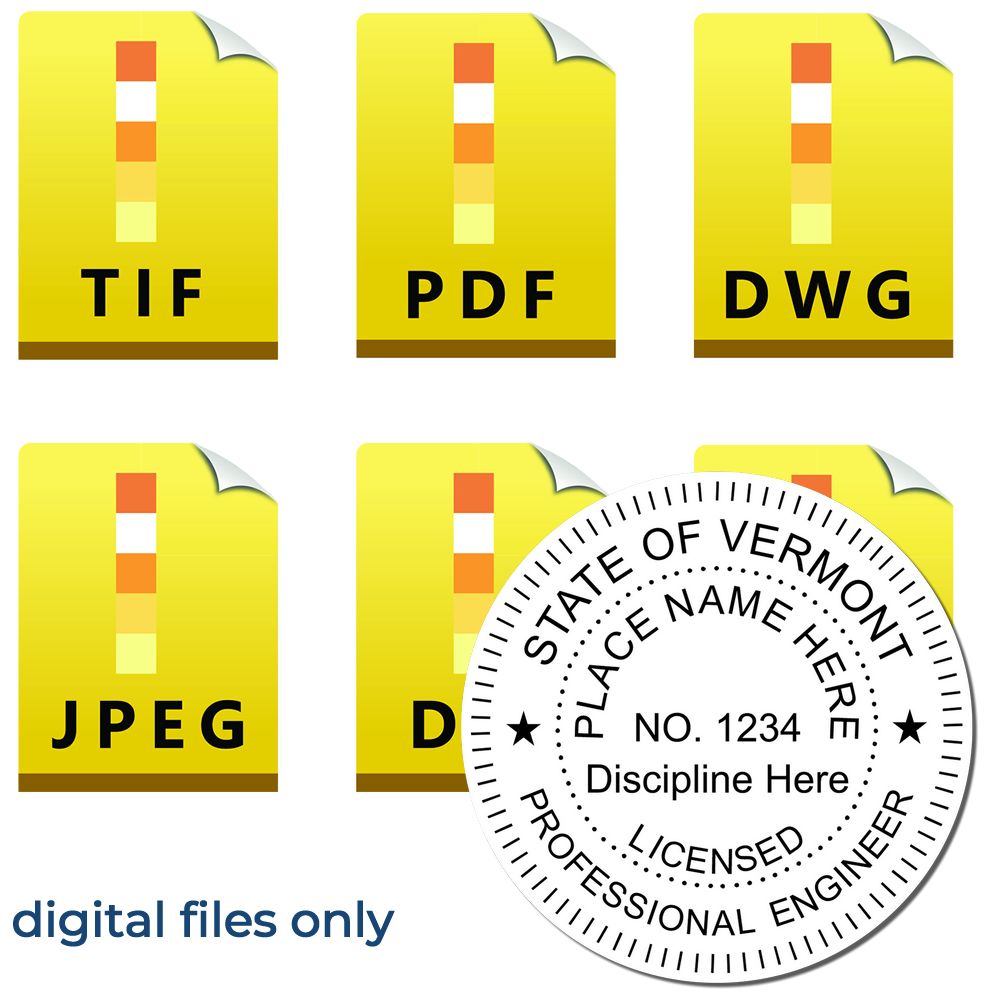
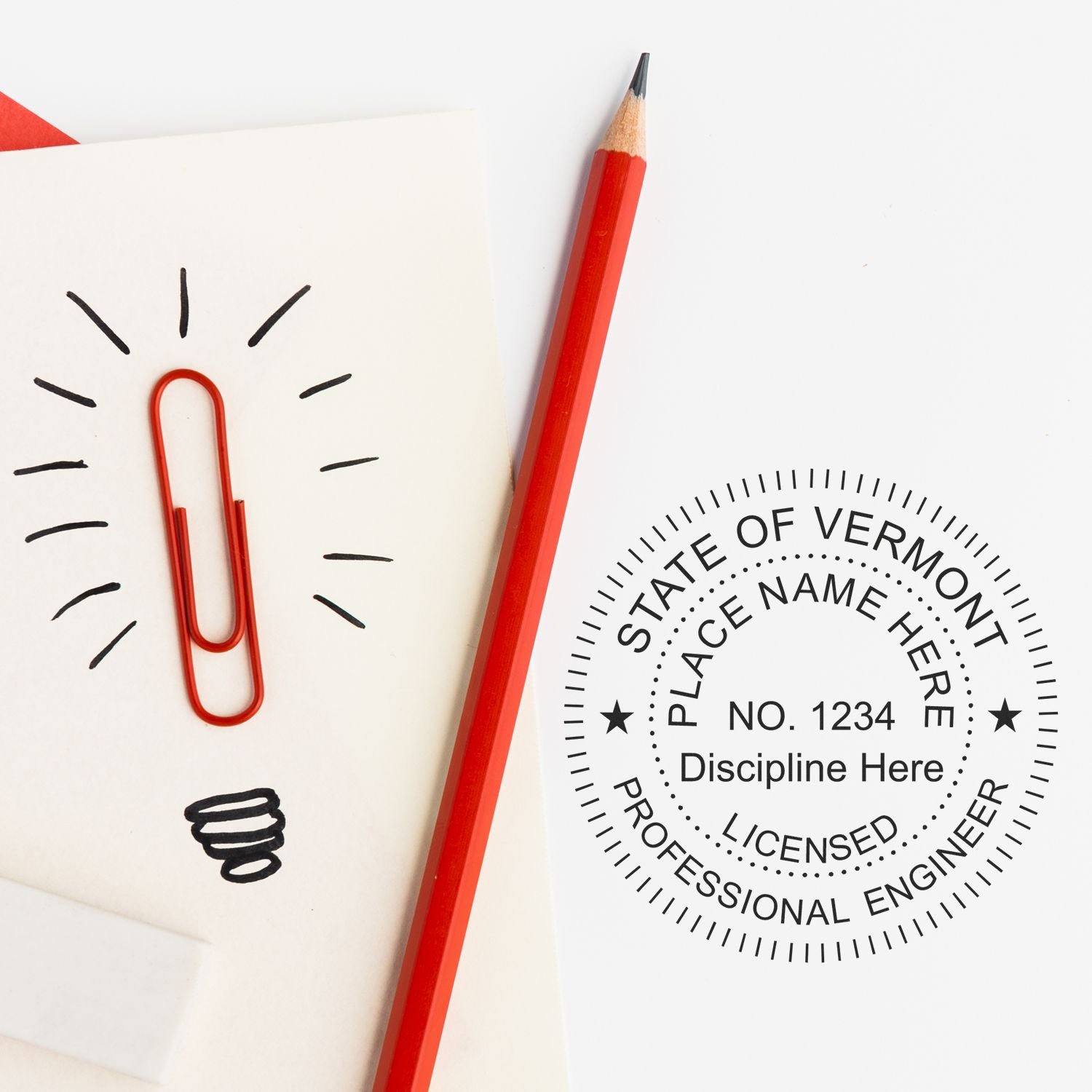 Digital Vermont PE Stamp, Electronic Seal for Vermont Engineer, 6 Files3008ENG-VTSale price$20.00 Regular price$25.00Save 22%
Digital Vermont PE Stamp, Electronic Seal for Vermont Engineer, 6 Files3008ENG-VTSale price$20.00 Regular price$25.00Save 22%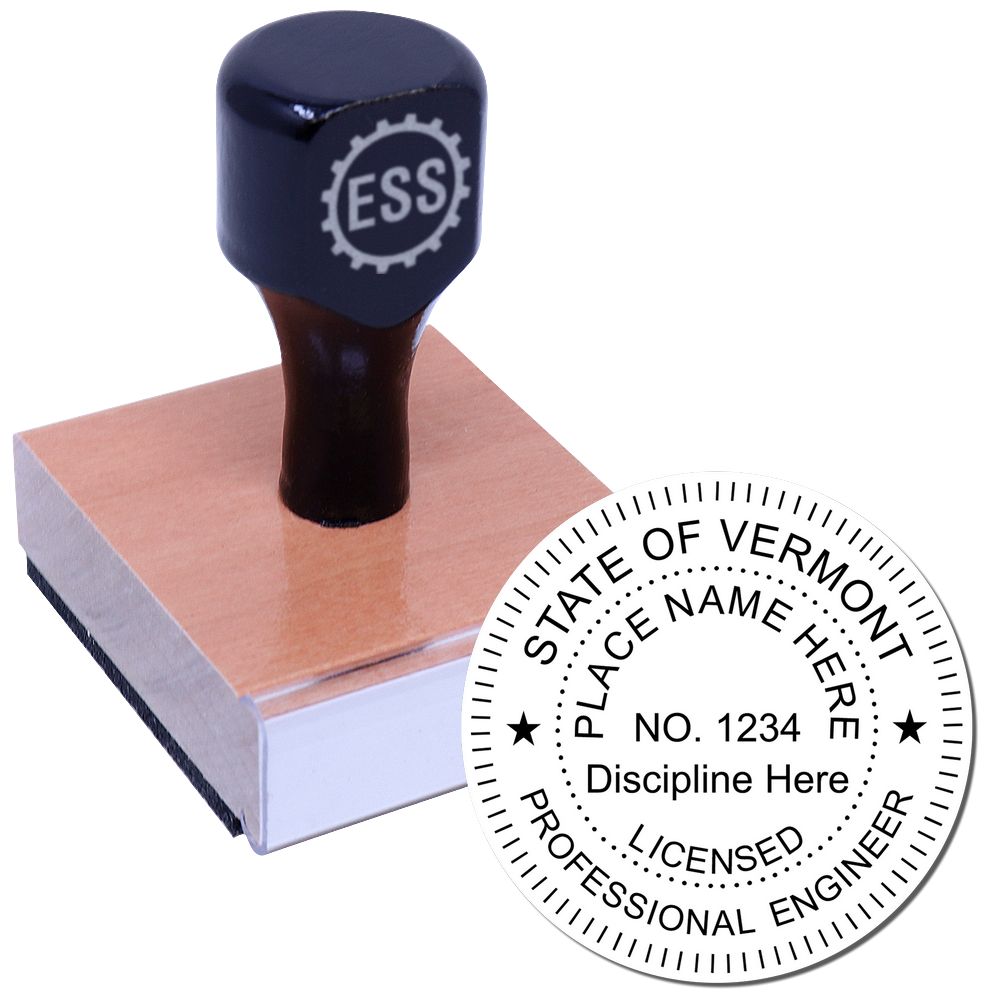
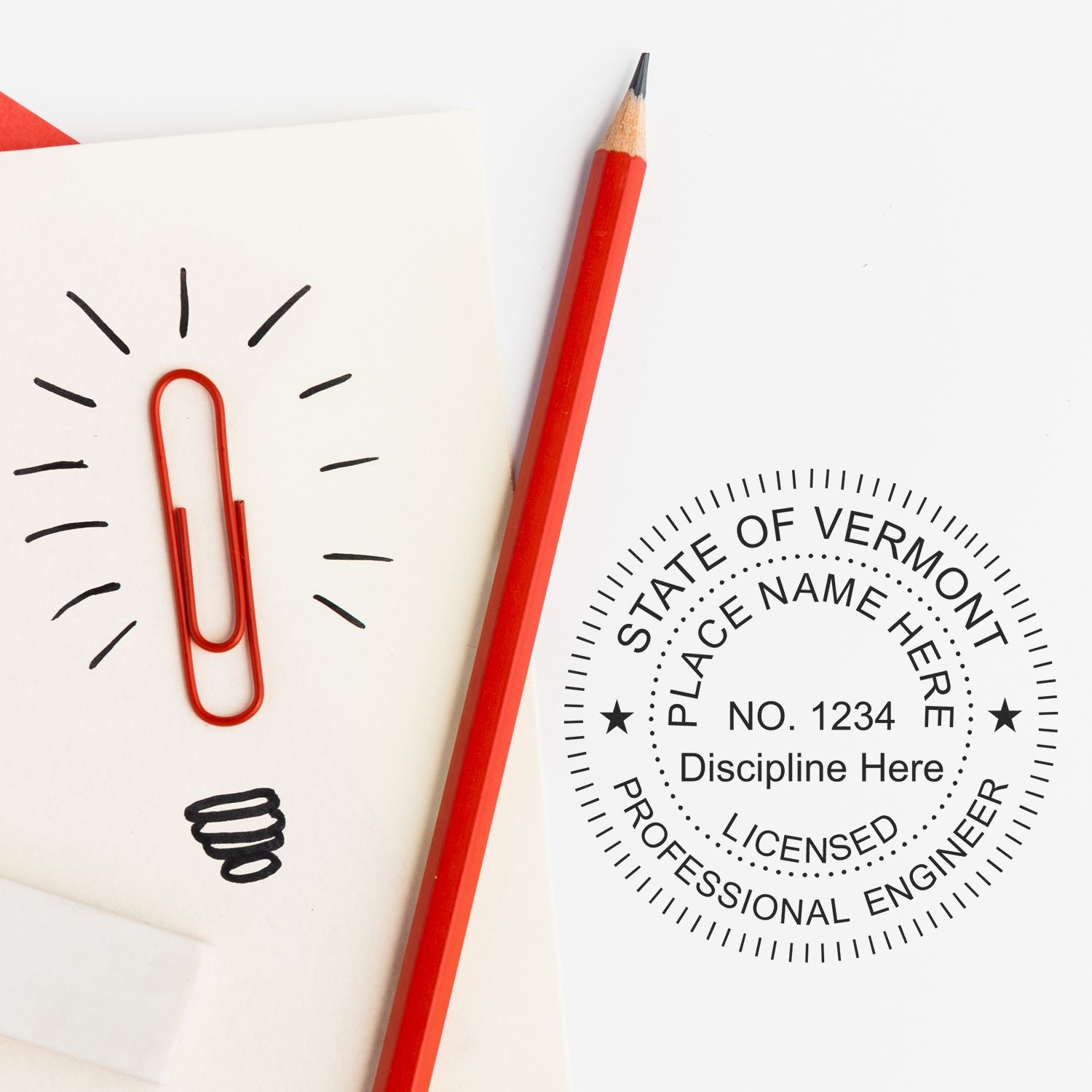 Vermont Professional Engineer Seal Stamp, VT PE Stamp3005ENG-VTSale price$34.95 Regular price$45.00Save 15%
Vermont Professional Engineer Seal Stamp, VT PE Stamp3005ENG-VTSale price$34.95 Regular price$45.00Save 15%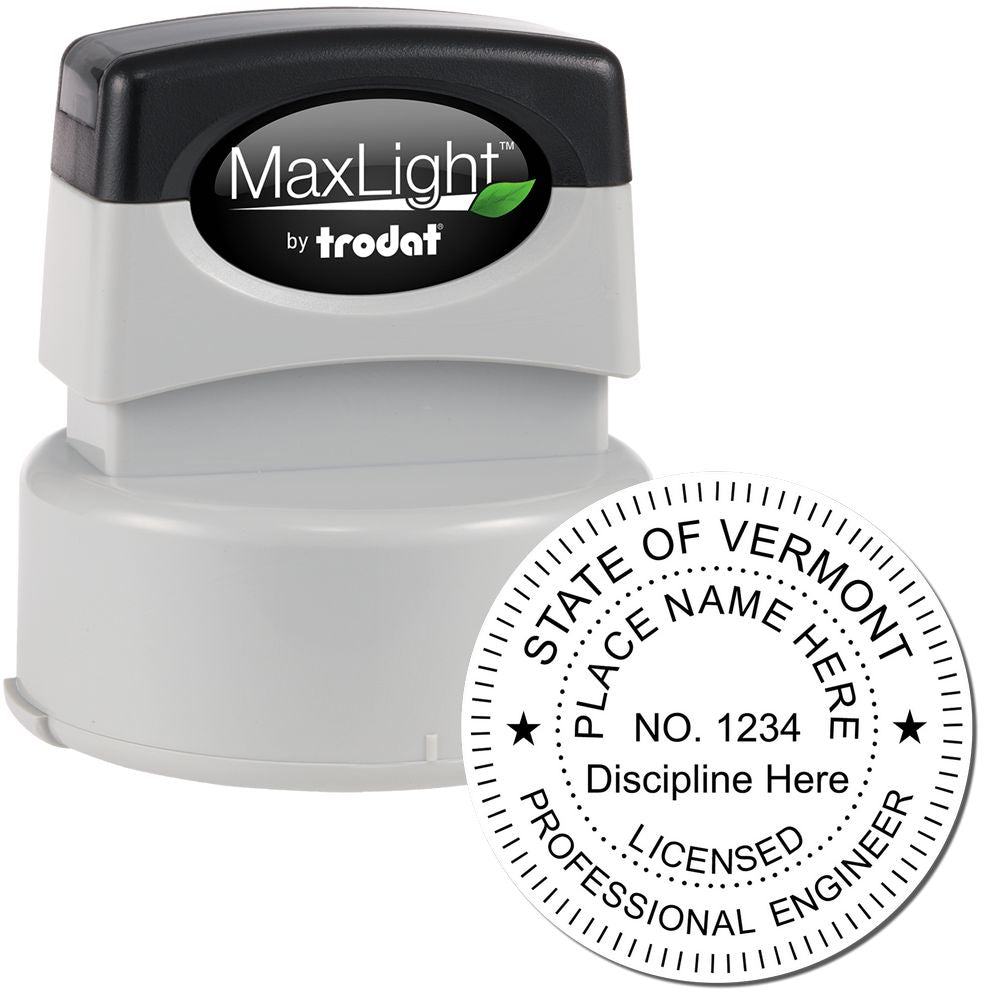
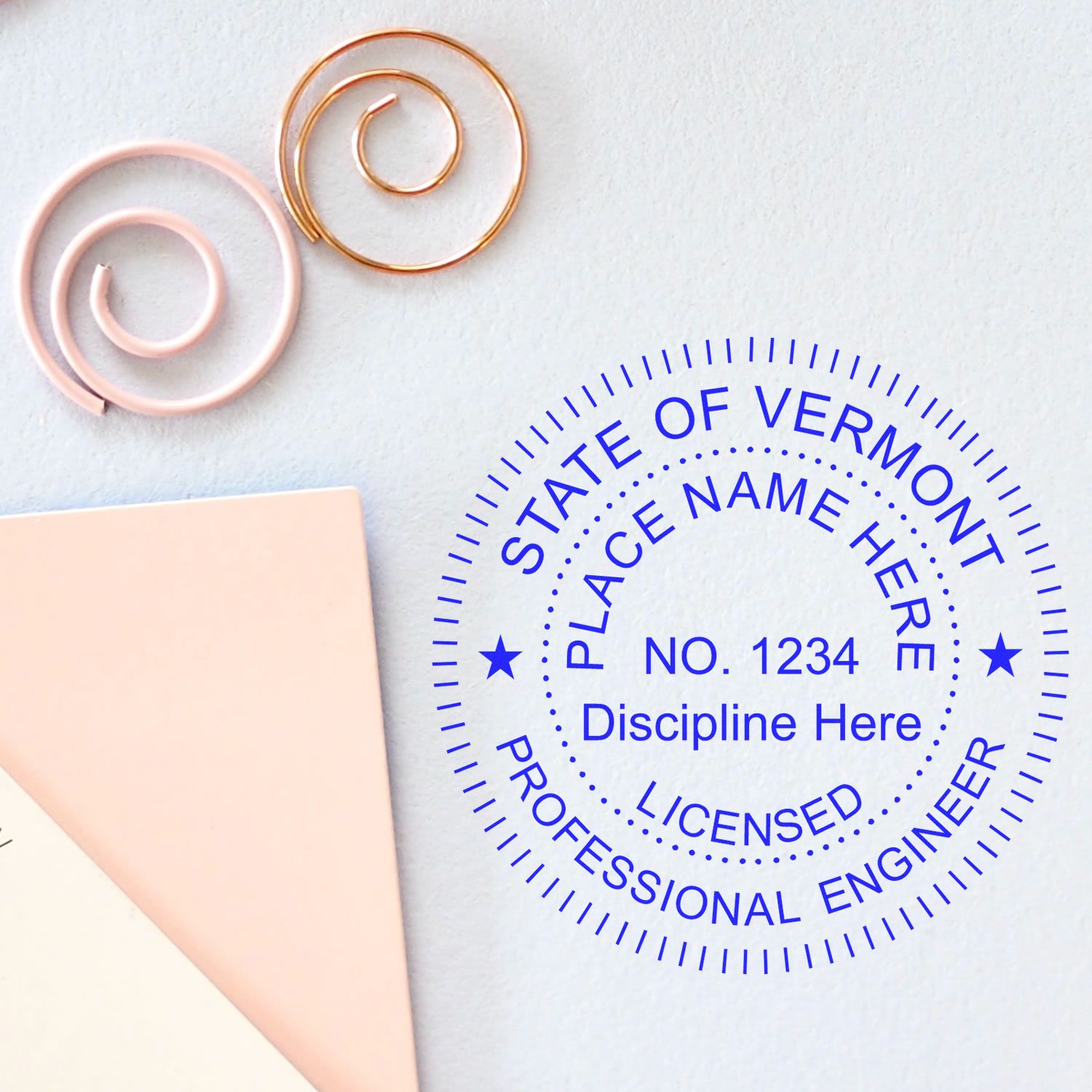 Premium MaxLight Pre-Inked Vermont Engineering Stamp3021ENG-VTSale price$46.95 Regular price$54.95
Premium MaxLight Pre-Inked Vermont Engineering Stamp3021ENG-VTSale price$46.95 Regular price$54.95 -
Fundamentals of Engineering Exam (FE Exam): As a prerequisite for licensure, individuals must pass the Fundamentals of Engineering (FE) exam. This exam is designed to assess the candidate's knowledge in fundamental engineering principles and concepts.
-
Principles and Practice of Engineering Exam (PE Exam): After passing the FE exam, individuals are required to pass the Principles and Practice of Engineering (PE) exam. The PE exam focuses on the specific engineering discipline in which licensure is sought.
Steps to Obtain a Professional Engineer License in Vermont
To obtain a Professional Engineer license in Vermont, individuals must follow a series of steps:
-
Education: Complete a bachelor's degree in engineering from an accredited program.
-
Experience: Gain a minimum of four years of progressive engineering experience under the guidance of a licensed Professional Engineer.
-
FE Exam: Pass the Fundamentals of Engineering (FE) exam. This exam is typically taken after completing the bachelor's degree.
-
PE Exam: After passing the FE exam, individuals can apply to take the Principles and Practice of Engineering (PE) exam. Successful completion of this exam demonstrates the necessary knowledge and competency to practice engineering at an advanced level.
-
Application: Submit an application for licensure to the Vermont Board of Professional Engineering. The application should include all required documents, such as transcripts, experience records, and references.
-
Board Review: The application will be reviewed by the Vermont Board of Professional Engineering, which will evaluate the candidate's qualifications and determine eligibility for licensure.
-
Licensure: Upon approval of the application, individuals will be issued a Professional Engineer license by the Vermont Board of Professional Engineering. This license grants them the legal authority to practice engineering within the state.
By fulfilling the requirements and completing the necessary steps for licensure, individuals can become Professional Engineers in Vermont. This designation recognizes their expertise and qualifications, enabling them to take on challenging engineering projects and contribute to the advancement of the field. For more information on the Vermont engineering licensure process, visit the Vermont Engineering Board website.
The Vermont PE Stamp
For professional engineers in Vermont, the PE stamp holds significant importance. The PE stamp, also known as the Professional Engineer stamp or the Engineer Seal, is a symbol of authority and expertise. In this section, we will explore the purpose and usage of the PE stamp in Vermont.
Understanding the PE Stamp
The PE stamp is a distinctive seal used by licensed professional engineers in Vermont. It serves as a visual representation of an engineer's official certification and signifies their competence and adherence to the highest professional standards. The stamp typically includes the engineer's name, license number, and the phrase "Professional Engineer" or "PE."
The PE stamp is used to authenticate engineering documents, plans, drawings, and specifications. It is commonly affixed to engineering designs and reports to indicate that they have been prepared, reviewed, and approved by a licensed professional engineer. This stamp provides assurance to clients, regulatory agencies, and the public that the engineering work meets the required standards and complies with applicable regulations.
Purpose and Usage of the PE Stamp
The primary purpose of the PE stamp is to protect the health, safety, and welfare of the public. By affixing their PE stamp to engineering documents, professional engineers in Vermont take responsibility for the accuracy and quality of their work. They certify that the designs and plans meet the necessary technical requirements and are in compliance with relevant codes and regulations.
The usage of the PE stamp is governed by the Vermont Engineering Board. The board establishes regulations and guidelines for the proper use of the stamp to ensure its integrity and credibility. It is essential for professional engineers to understand and adhere to these regulations to maintain the trust and confidence of their clients and the public.
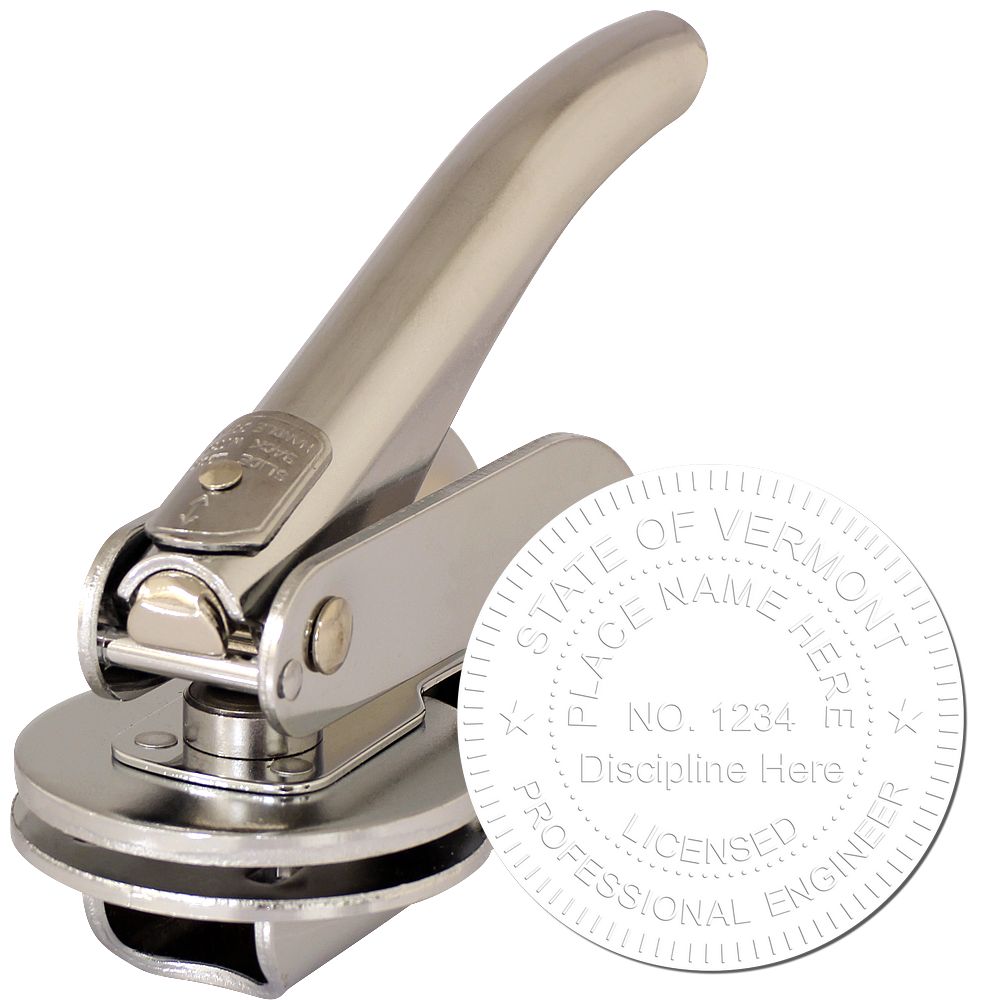
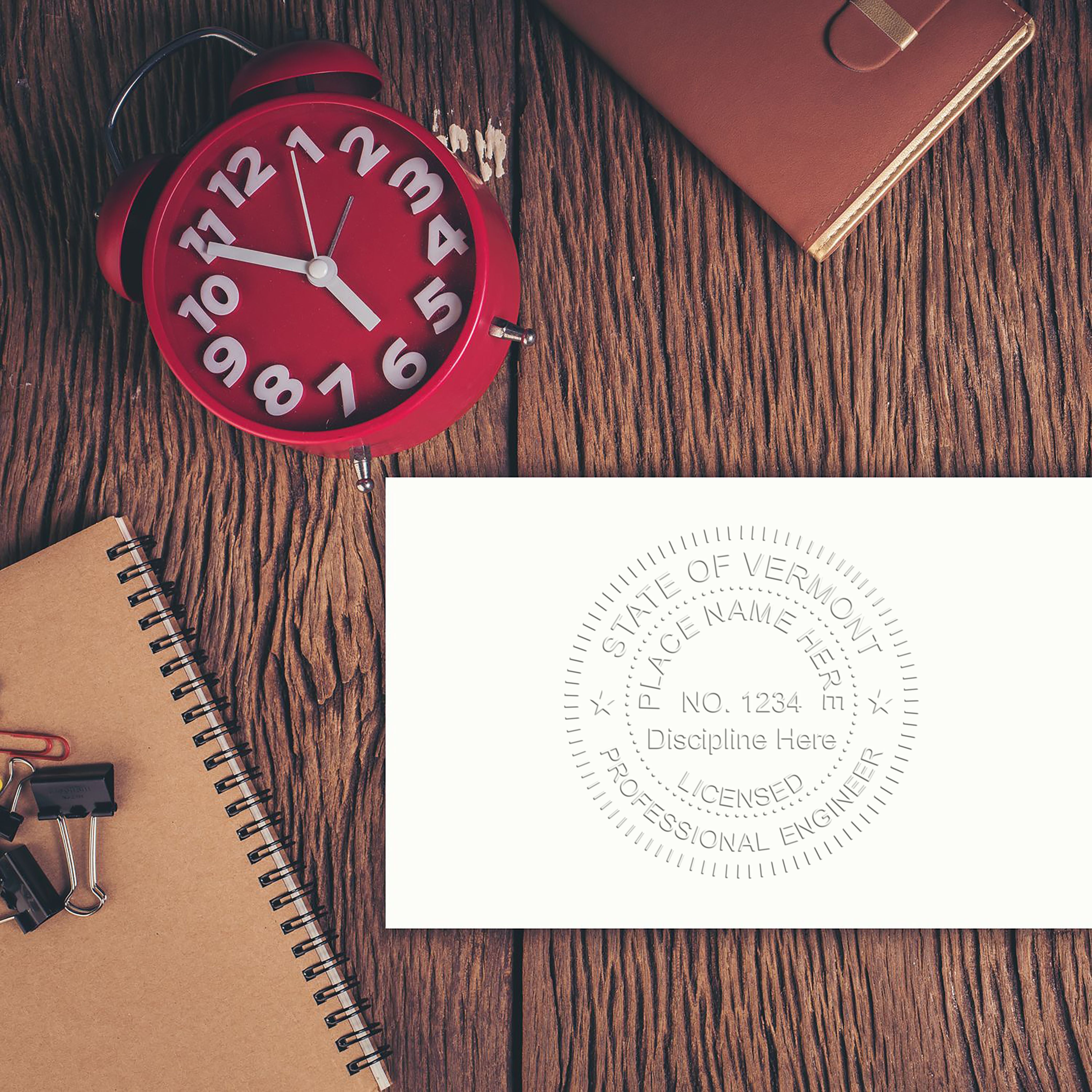
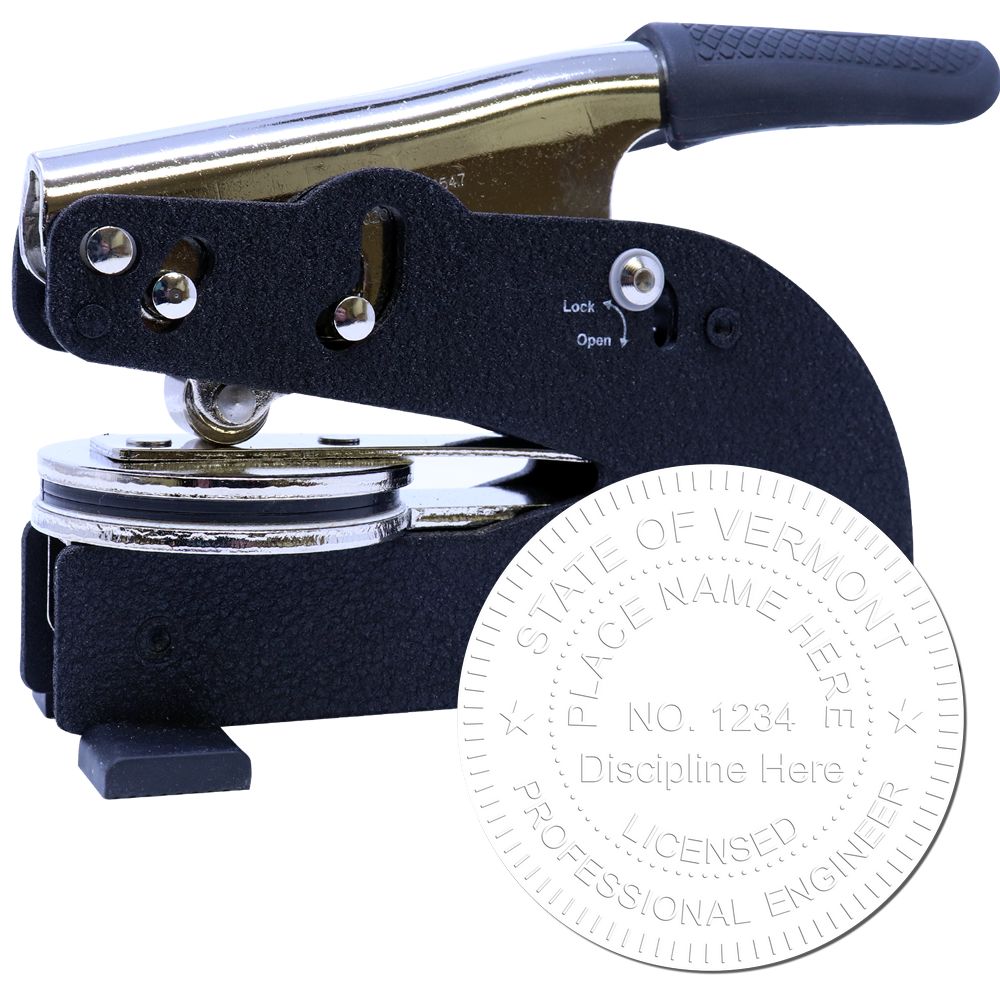
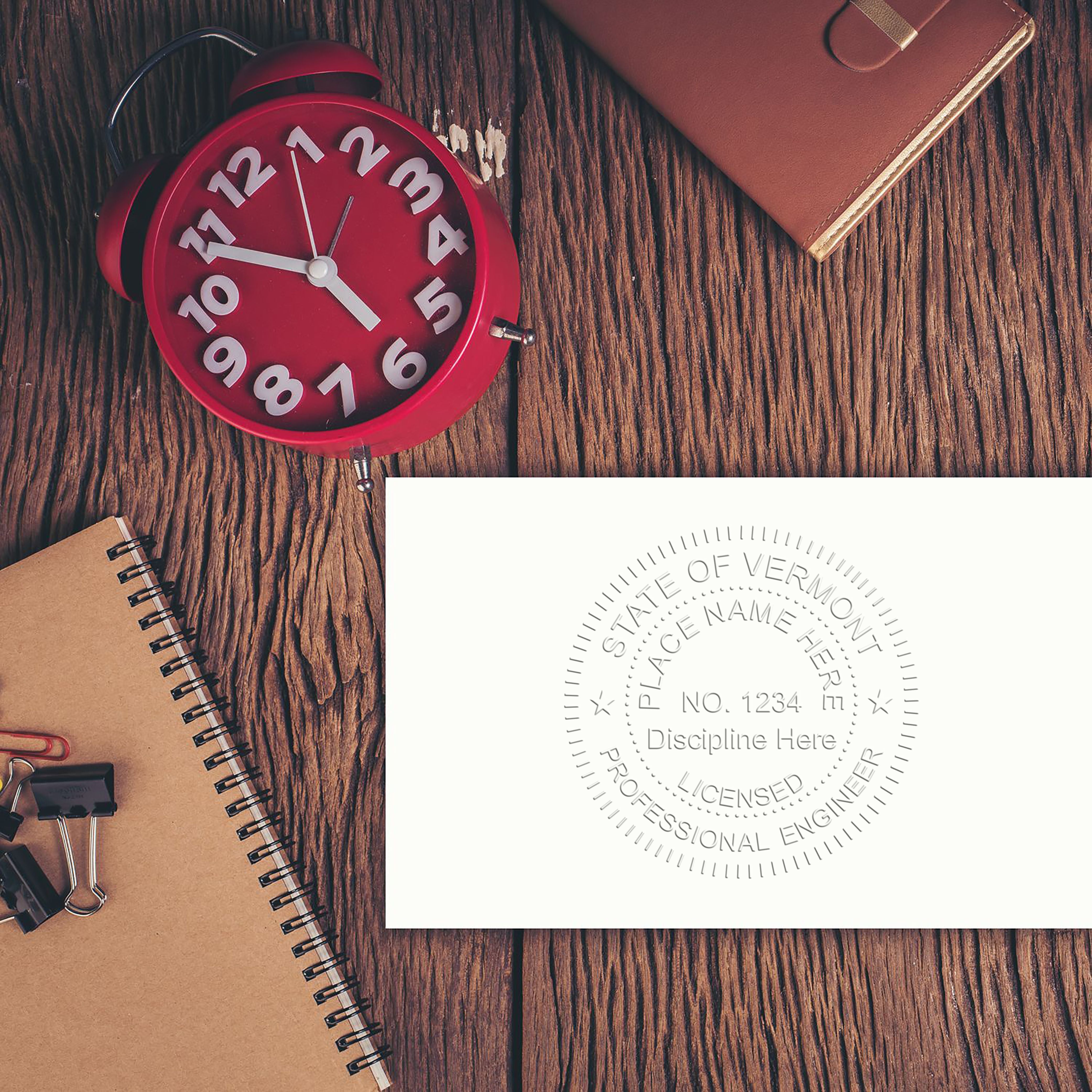
To learn more about the specific regulations and guidelines for using the PE stamp in Vermont, you can refer to the Vermont Engineering Board website. They provide comprehensive information on the requirements and standards that professional engineers must follow when applying the PE stamp to their engineering documents.
The PE stamp is a symbol of professionalism and expertise in the field of engineering. It signifies that the engineer has met the necessary qualifications, undergone rigorous testing, and possesses the knowledge and skills required to practice engineering in Vermont. By utilizing the PE stamp appropriately, professional engineers contribute to the overall integrity and safety of the engineering profession.
Applying for and Using the Vermont PE Stamp
Once you have met the requirements and obtained your Professional Engineer (PE) license in Vermont, you can apply for and use the Vermont PE Stamp. The PE stamp is an important tool that signifies your professional certification and allows you to authenticate engineering documents.
Applying for the PE Stamp
To apply for the PE stamp in Vermont, you will need to follow the guidelines set forth by the Vermont Engineering Board. The application process typically involves submitting an application form, providing proof of your PE license, and paying any required fees.
It's important to ensure that your PE stamp is in compliance with Vermont engineering regulations. The stamp should include your full name, followed by the words "Professional Engineer" or "P.E." and your license number. The size and design specifications of the stamp may also be outlined by the Vermont Engineering Board.
For more detailed information on the application process and specific requirements, refer to the official website of the Vermont Engineering Board.
Proper Usage and Guidelines for the PE Stamp
Using the PE stamp correctly is crucial to maintain the integrity and credibility of your professional engineering work. Here are some guidelines to follow when using the Vermont PE stamp:
-
Stamp Placement: The PE stamp should be placed on each page of engineering documents that require certification. The stamp should be clearly visible and not obstruct any important information.
-
Ink Color: The ink color used for the PE stamp should be clear and legible. Black ink is commonly used, but other colors may be acceptable as long as they can be easily read.
-
Stamp Size: The size of the PE stamp should adhere to the regulations set by the Vermont Engineering Board. Ensure that the stamp is clearly visible and not disproportionately small or large compared to the document.
-
Stamp Signature: The PE stamp should include your signature or initials, which indicates that you have reviewed and approved the engineering work. The signature should be consistent with the one provided during the licensure process.
-
Stamp Expiration: It's important to note that the PE stamp has an expiration date, typically matching the expiration date of your PE license. Make sure to renew your license and update your stamp accordingly to ensure its validity.
For additional details on the proper usage and guidelines for the Vermont PE stamp, consult the Vermont engineering regulations and refer to the specific guidelines provided by the Vermont Engineering Board.
By applying for and using the Vermont PE stamp correctly, you can effectively authenticate your engineering documents and demonstrate your professional expertise. Remember to stay updated with any changes in regulations and requirements to ensure compliance and maintain the professional standard expected of a licensed engineer in Vermont.
Maintaining Professional Engineer Status in Vermont
Once you have obtained your Professional Engineer (PE) license in Vermont, it is essential to understand the requirements and responsibilities for maintaining your professional engineer status. This section covers the continuing education requirements and the process for renewing and updating your PE license.
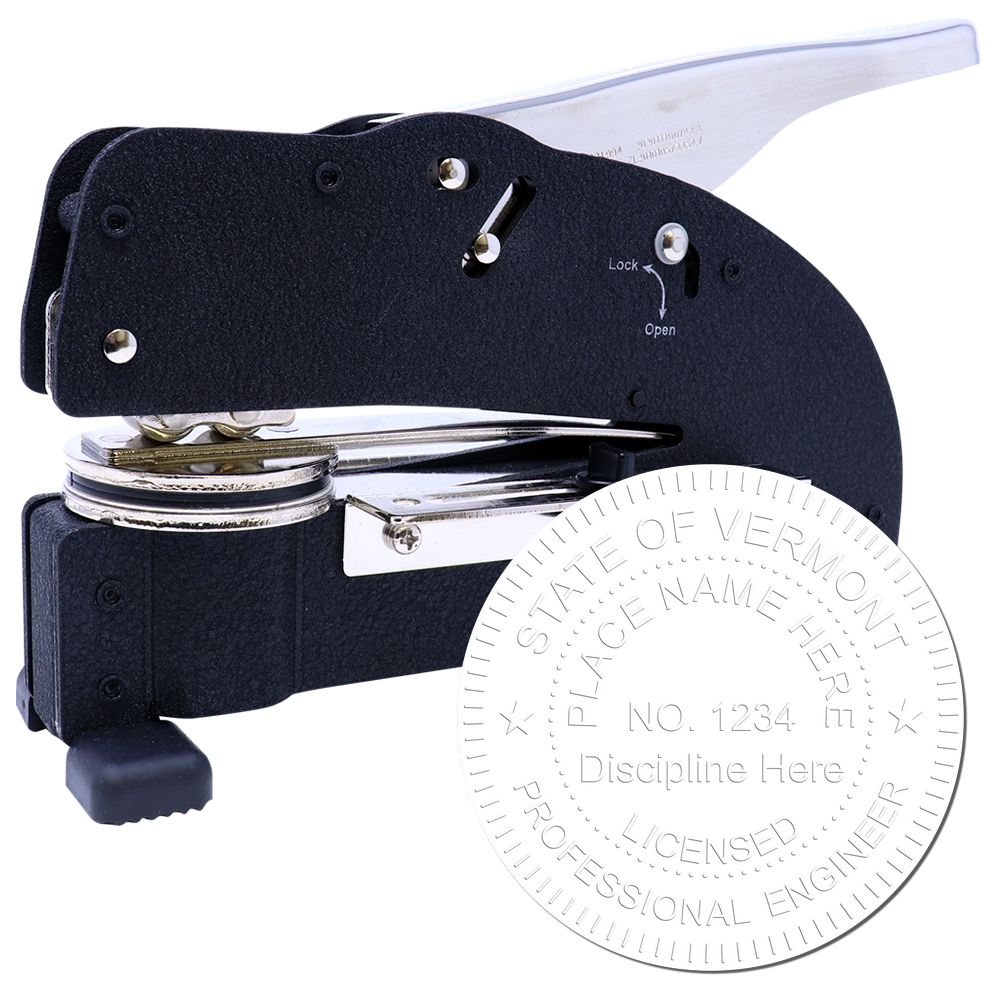
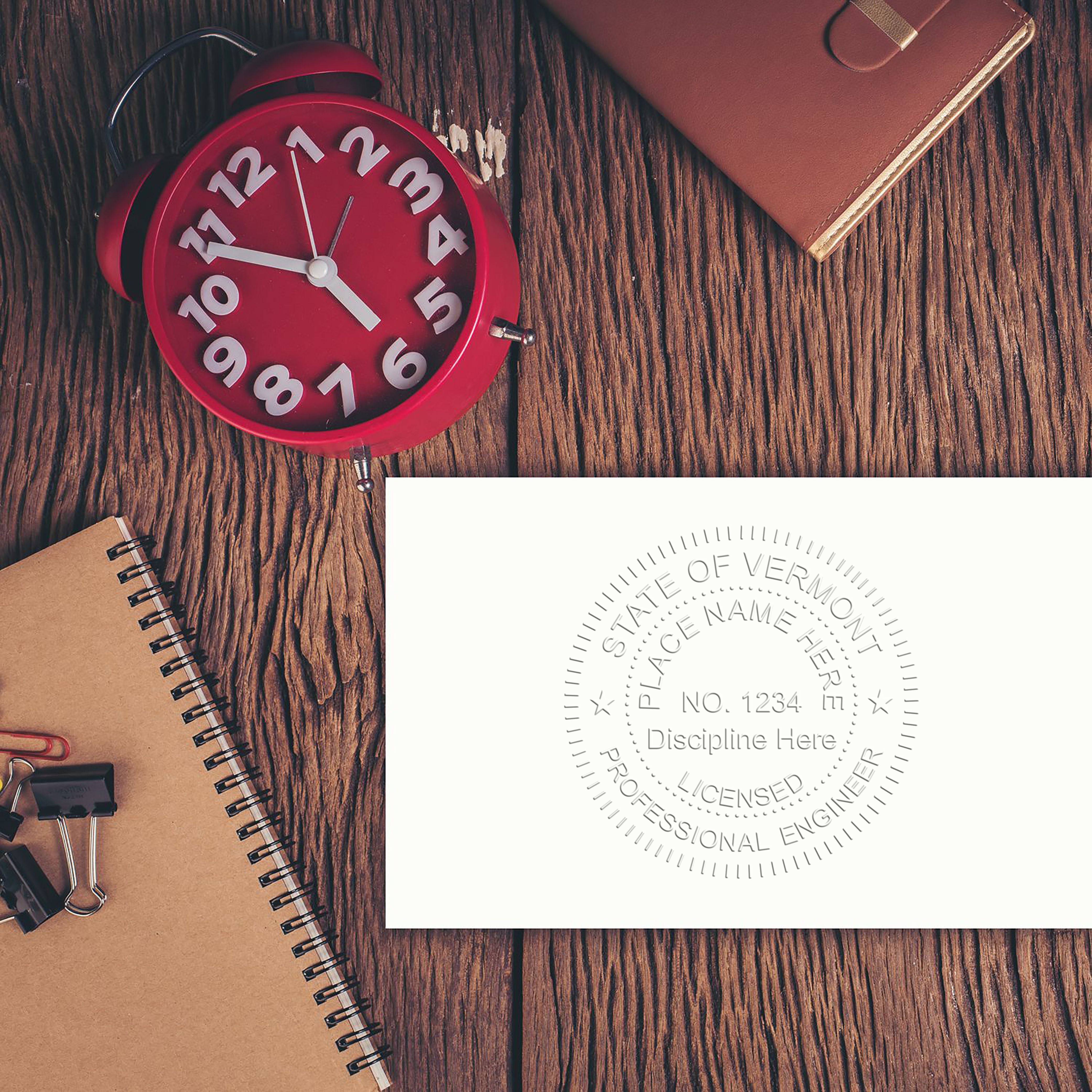
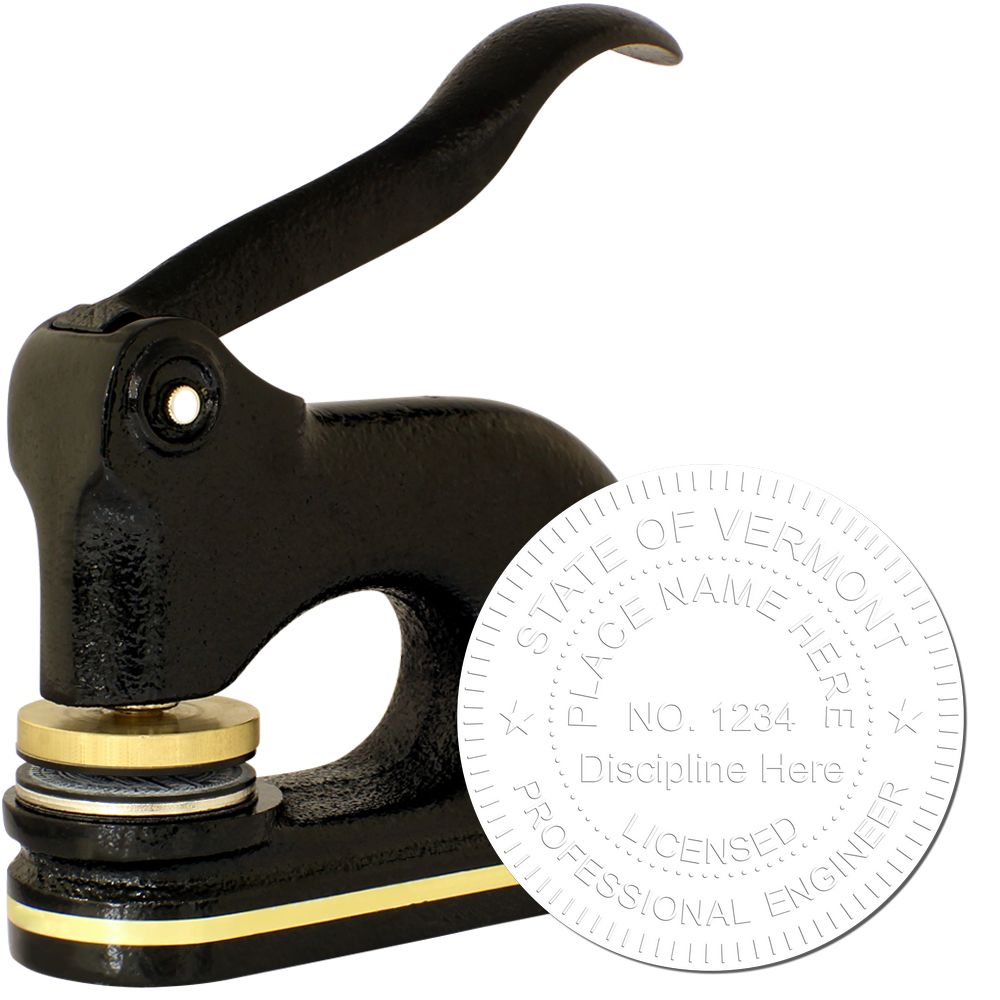



Continuing Education Requirements
As a professional engineer in Vermont, it is crucial to stay up-to-date with the latest advancements and developments in the field. The Vermont Board of Professional Engineering requires licensed engineers to actively engage in continuing education to ensure their knowledge and skills remain current.
The continuing education requirements for professional engineers in Vermont are as follows:
| Requirement | Details |
|---|---|
| Total Hours | 30 hours of continuing education every two years |
| Technical Hours | At least 15 hours of technical courses related to the practice of engineering |
| Professional Development Hours | Up to 15 hours of professional development courses, which may include management, ethics, or business-related topics |
| Documentation | Engineers are required to maintain documentation of their continuing education activities for a period of four years |
It is important to note that the Vermont Board of Professional Engineering reserves the right to conduct random audits to ensure compliance with the continuing education requirements. Failure to meet these requirements may result in disciplinary action. For more information on the regulations set by the board, refer to our article on Vermont engineering regulations.
Renewing and Updating Your PE License
To maintain your professional engineer status in Vermont, you must renew your PE license on a regular basis. The renewal process ensures that your license remains active and valid. The Vermont Board of Professional Engineering requires engineers to renew their licenses every two years.
The steps to renew your PE license in Vermont are as follows:
-
Notification: Approximately three months before your license expiration date, the Vermont Board of Professional Engineering will send you a renewal notice via mail or email. It is essential to keep your contact information updated with the board to receive these notifications.
-
Renewal Application: Complete the renewal application provided by the board. The application typically requires you to verify your contact information, affirm your compliance with continuing education requirements, and pay the renewal fee.
-
Payment of Renewal Fee: Submit the renewal fee along with your completed application. The renewal fee amount is determined by the board and may vary from year to year.
-
Continuing Education Documentation: Ensure that you have documentation of your completed continuing education activities. While the board does not require you to submit these documents during renewal, it is important to keep them for a period of four years, as they may be subject to random audits.
By following these steps and submitting your renewal application and fee on time, you can maintain your professional engineer status in Vermont without any interruptions. For more information on the Vermont PE stamp and licensing process, refer to our article on the Vermont engineering board.
Keeping up with the continuing education requirements and timely license renewals not only ensures your compliance with the Vermont Board of Professional Engineering but also demonstrates your commitment to professional growth and competence in the field of engineering.
About ESS
At Engineer Seal Stamps, or ESS, we intertwine craftsmanship with commitment. As esteemed makers of custom rubber stamps, professional seals, and notary stamps, we pride ourselves on delivering products that stand as a testament to our dedication to quality. But our distinction lies in our approach to service: our unwavering commitment to stellar customer service ensures that every interaction, every detail, and every product is meticulously handled with you in mind. Furthermore, we confidently stand behind our products, offering a state board guarantee on our entire range. With ESS, you're not just making a purchase; you're investing in reliability, precision, and a legacy of unparalleled service.




